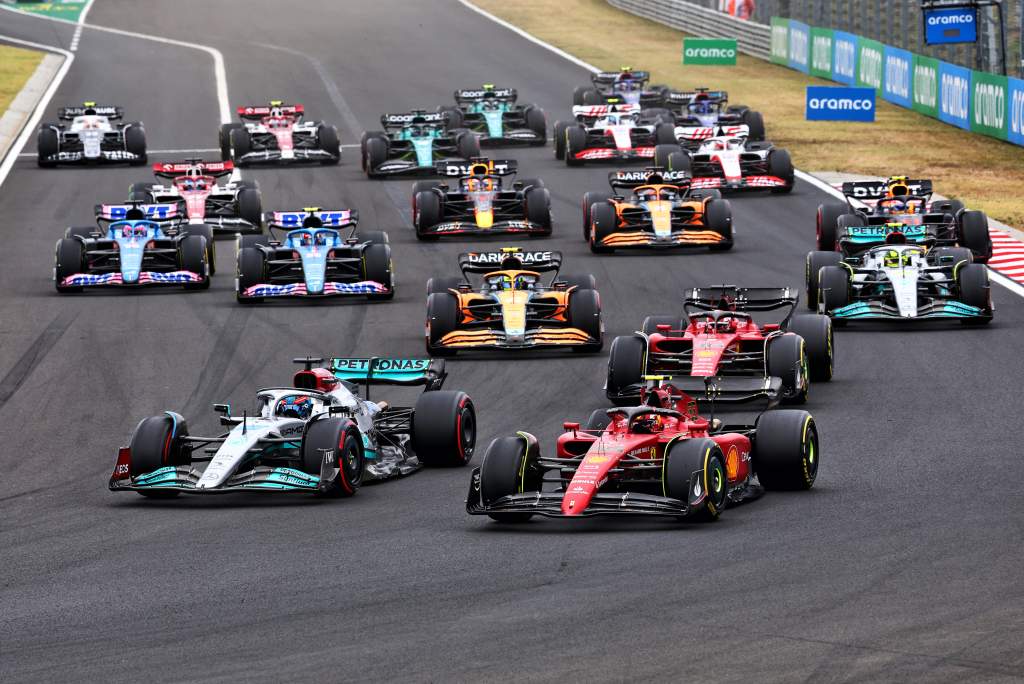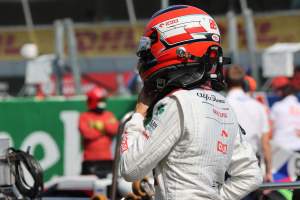Up Next

In George Russell’s impressive first half-season or so with Mercedes, he appears to have eliminated arguably his biggest weakness as a Formula 1 driver.
Weak first laps became something of a theme early in Russell’s F1 career and although the prevailing opinion was that this was getting better, the Mercedes move would make it a lot easier to be sure.
This is about more than just the starts themselves (although we will come to that) and is more about decision-making and aggression. These are two vital qualities to deal with the frenzy of a grand prix’s opening lap and a driver lacking the right balance will be ruthlessly exposed at the front in F1.
Russell has never hidden from the first-lap weakness that has been evident since he made his F1 debut. Owning up to it has helped him improve it.
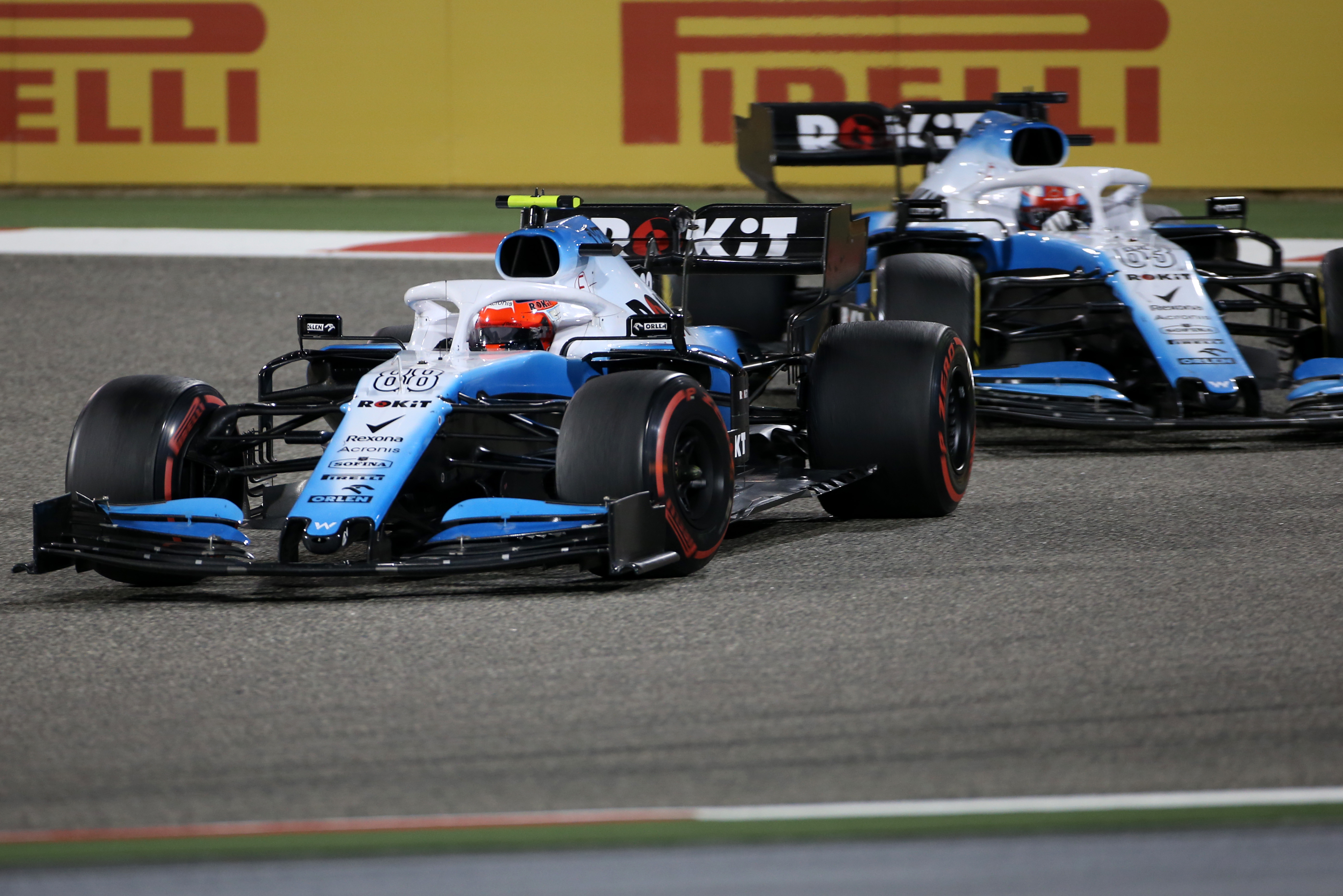
It was at its worst in 2019, Russell’s first season with Williams, when he regularly ended up behind team-mate Robert Kubica on the first lap despite outqualifying him at every grand prix.
Russell reckons this was partly him being caught out by running at the back, and also discovering just how bad the dirty air is on the opening lap when you are so far down the grid.
There was a general trend of improvement in Russell’s second season but in the third circumstances were a bit deceptive.
In 2021 Russell tended to qualify higher up and the Williams was evidently much better on Saturdays than Sundays, which is a recipe for slipping back. It was not inevitable but it was likely, and the quality of Russell’s starts, his decision-making and his aggression were not the only factors to consider.
As of the summer break in 2022, though, Russell’s own progress is evident. So far he’s gained a net five places over the 13 races so far, despite qualifying on the first three rows for eight of those grands prix (and starting from pole in Hungary).
More impressive is that he’s only finished the opening lap lower than he started it twice – in the Imola sprint, and on a nightmare first lap in Miami.
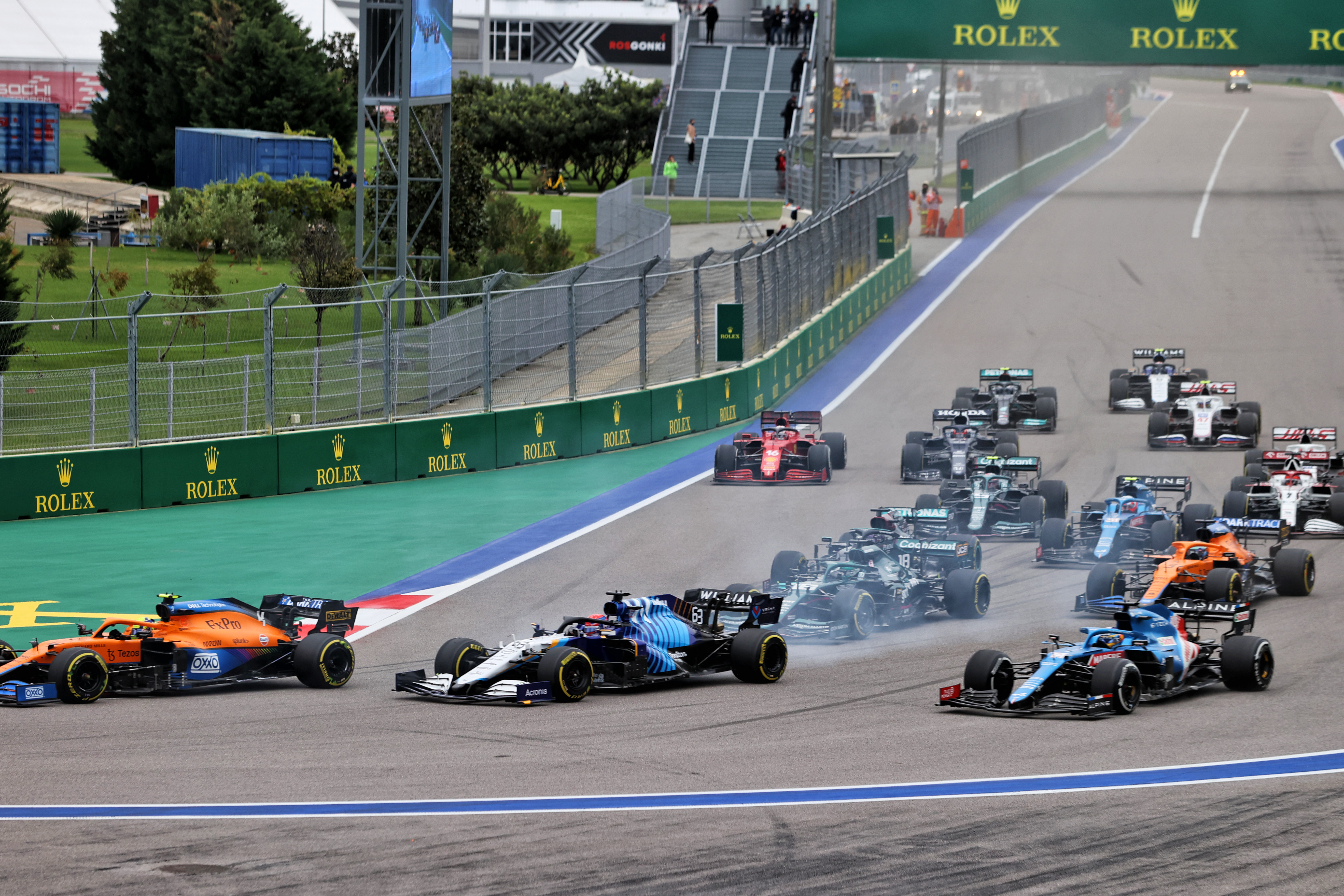
In particular, there has been no sign of a troubling past Russell trait where he would meander into the middle of the road and get squeezed between other cars. There’s a degree more decisiveness about Russell on the first lap now, which is likely a mix of his own improvements, having a better car (which allows him to be more on the front foot) and also having fewer cars immediately around him.
“I feel much more confident,” he says. “I think it’s a nature of the confidence you have in your race car.
“After a couple of races, it sort of brought me back to my junior career days and karting days and things just felt a bit more natural.
“Whereas in my first three years of F1, I kind of felt like I was being taken for a ride many times on those opening laps.
“I’ve definitely got a normal amount of confidence on those first laps [again].”
One factor that is clearly helping Russell in this is that the Mercedes is probably the fastest-starting car on the grid.
In Bahrain he gained two places with a great launch to instantly undo most of the damage from a below-par qualifying.
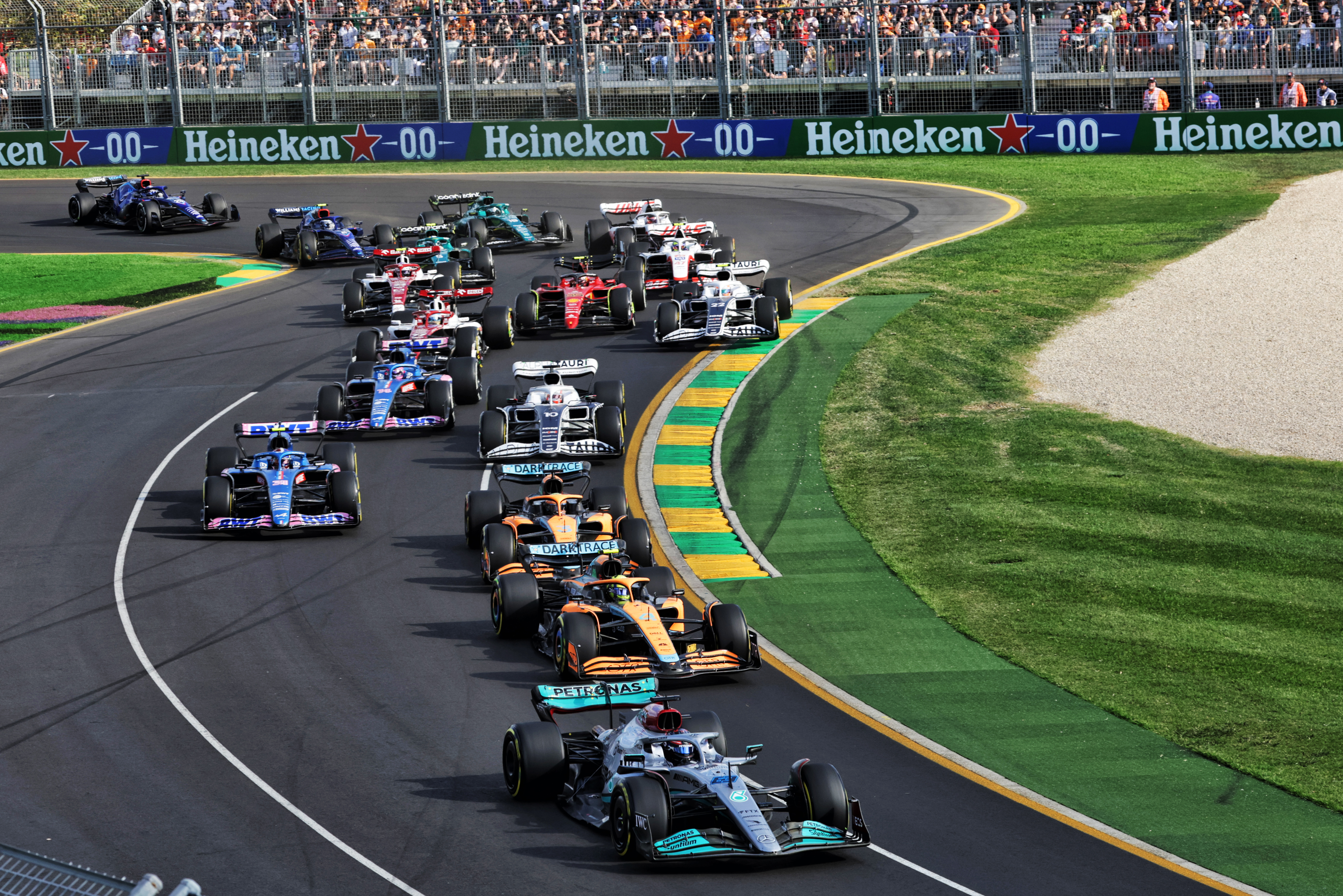
Beating Lando Norris off the line, and an aggressive move into Turn 1, crucially got him ahead of the McLaren at the start in Australia. And it was key to arguably Russell’s most important first lap of the season. In the wet at Imola he beat two cars off the line, which allowed him to dictate his own line into the first corner – where he benefitted massively from the Daniel Ricciardo/Carlos Sainz incident (which also delayed Valtteri Bottas), and found himself sixth having started 11th.
It’s a process that clearly Russell and Lewis Hamilton play a key role in but there’s undoubtedly an element of the Mercedes (and its system) being both user-friendly and effective off the line.
“As a team, we’ve done a pretty good job at race starts,” Russell acknowledges.
“I think Lewis historically has always been one of the best starters, in the sense of the launches. And since I’ve been here this year, we’ve been statistically one and two over the course of the season.
“That’s a real benefit and positive we’ve got to take away.”
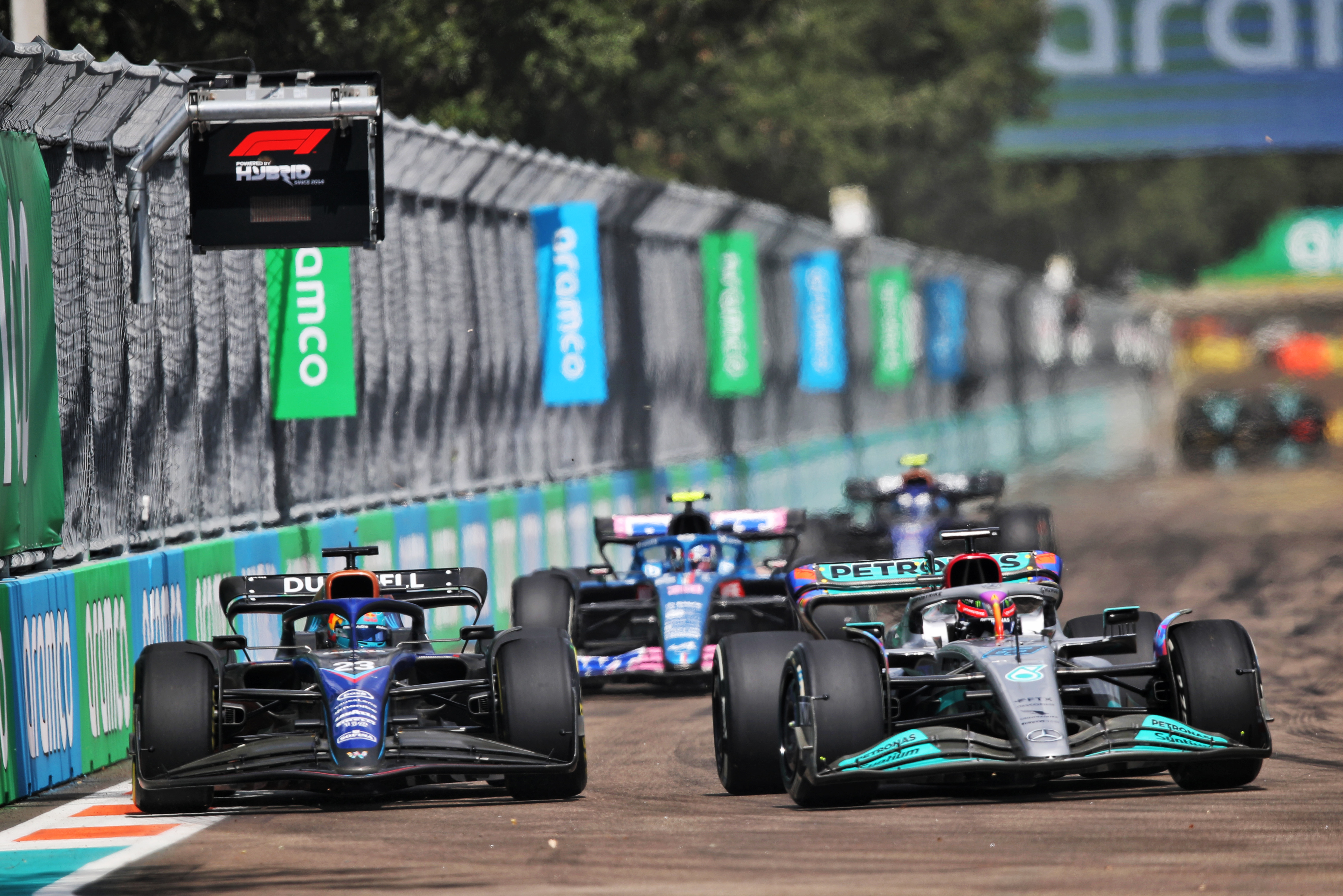
There have been a couple of outright bad starts, though. In Miami he had a shocker, and lost four places across the first lap. While this was likely exacerbated by starting on the hards, it looked like Russell got trapped in a small spiral after a poor initial launch with wheelspin in the second phase. A tentative inside line at Turn 1 let two cars get past on the outside, and he lost two more places in the next few corners while looking extremely conservative.
The other bad start was in Britain, where Russell lost one place immediately then tried to move left and was unaware of Pierre Gasly’s AlphaTauri alongside his left rear. They made contact, Russell was pitched left into Zhou Guanyu, and tipped the Alfa Romeo into its frightening barrel roll. Russell retired as a direct result of what was a poor few seconds.
It’s not surprising Russell hasn’t mastered every trick of the trade in 13 races. And he has still found himself boxed in at times, although not in the same way as before. But now it tends to come by virtue of wanting to hold position on the inside line (Saudi Arabia and Austria were good examples of this).
This is not necessarily the result of outright poor decision making, but perhaps some more assertive car positioning would mitigate the risk of being mugged.
Russell can be trusted to learn from the lingering weak points though, as that capacity to improve is a key factor in why the trend of how he performs on first laps is generally positive.
What’s certainly true is Russell is no longer being “taken for a ride” – partly due to his own efforts, partly to his new-found circumstances.
“At Williams, we had a very fast qualifying car,” he says. “But the true pace of the car was a little bit further down.
“I felt very confident in that car in qualifying, but ultimately, if somebody’s just got a bit more grip, a bit more downforce, they can put their cars in a place that you can’t.
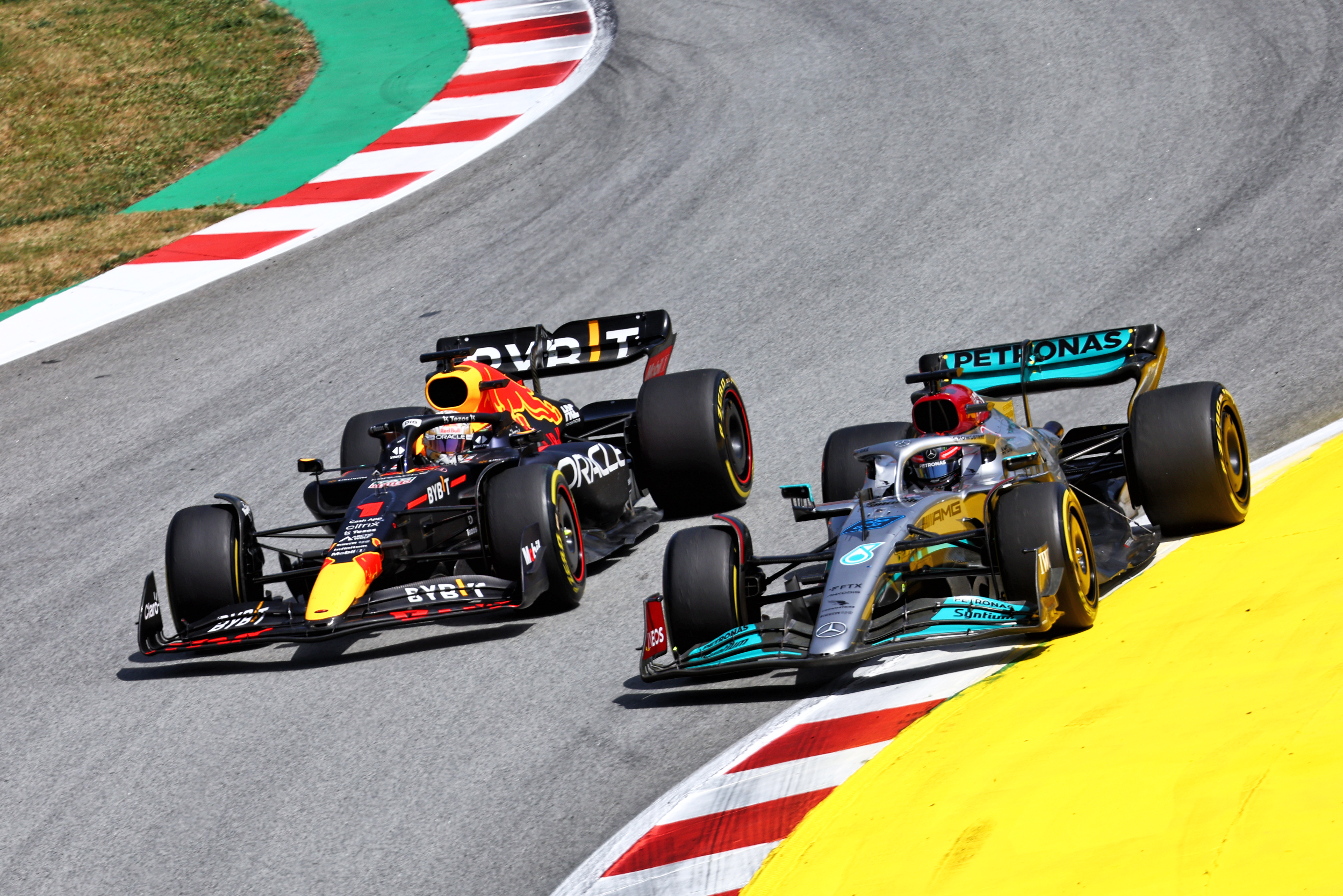
“Barcelona was probably the first time this year for me where I had a real on-track battle. And that was obviously with Max [Verstappen]. It just brought me back to when I was racing F2 and F3, and that just felt natural.
“Whereas in a Williams, I wanted to be able to do these things. But I just couldn’t because we didn’t have the potential underneath us. And we were always on the backfoot.
“There’s many factors at play here. But for sure, it’s making my life slightly easier this year than I’ve had before.”


